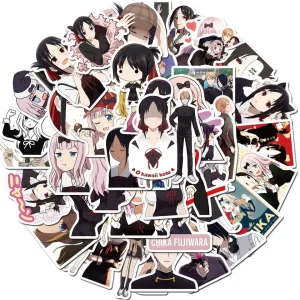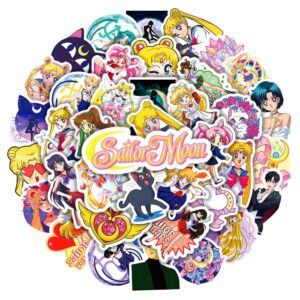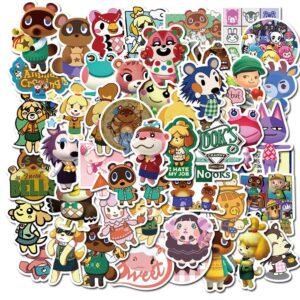Before the internet/computer age and first-person shooters, there was a time when consoles were the dominant forces in the video game industry. Beloved TV-boxes like the NES, Sega Genesis and Super Nintendo were leading the video game industry almost single-handedly, delivering great experiences on some of the most powerful hardware of the time. While the consoles of the late 80s to early 2000s had a vast collection of genres to choose from – RPG, simulation, and action-adventure, just to name a few – undoubtedly, the tour-de-force of the pre-shooter era was the platformer genre.
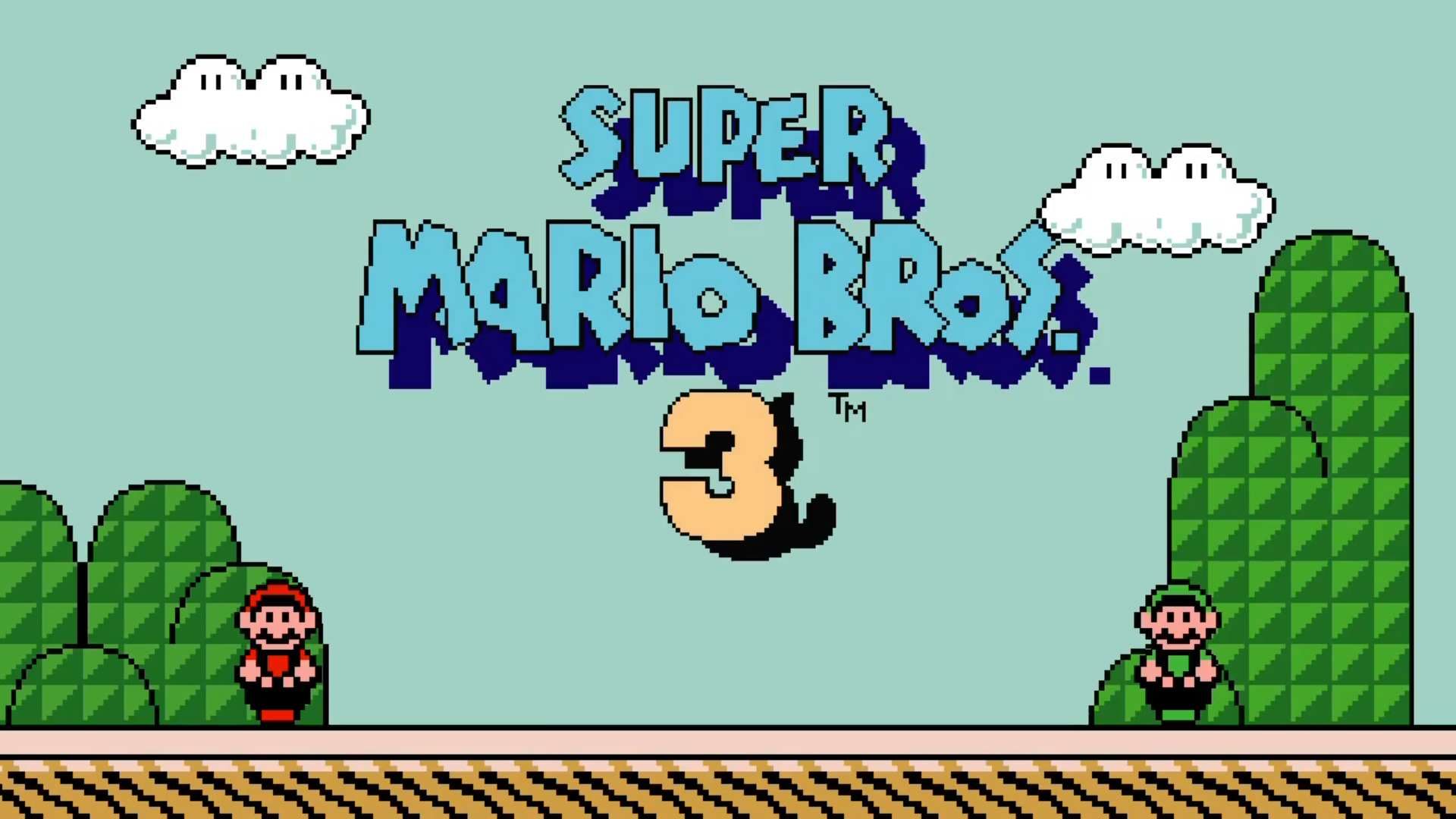
A Staple of the Industry
Ever since Nintendo revolutionized side-scrolling platforming with Donkey Kong and Super Mario Bros, the gaming industry seemingly couldn’t stop making platformers. During the NES era, famous publishers like Konami and Capcom made instant classics like Mega Man 2, Ninja Gaiden, Adventure Island, Castlevania, and Contra, while Nintendo continued to iterate on their own success with Super Mario Bros 3. And platformers only continued to get better in the nineties, with timeless classics like Super Mario World, Sonic The Hedgehog, Donkey Kong Country, Yoshi’s Island, Contra III, Mega Man X, Super Castlevania IV, Aladdin, and Kirby Super Star.
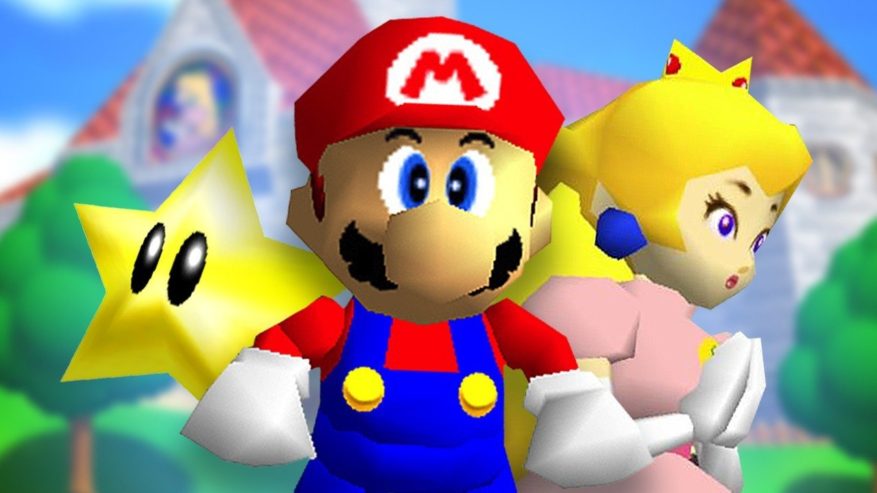
Making the Shift
As the game industry shifted into the mid-90s, developers continued to create incredible platformers, but now in a new dimension. 3D platformers like Super Mario 64, Banjo-Kazooie, and Crash Bandicoot were major factors for the industry’s shift into the third-dimension. They showed the world that running and jumping didn’t have to be limited to a 2D space, and that any series could be translated into 3D without losing its identity. And for a while, 3D platformers continued to be in the spotlight – Super Mario Sunshine, Psychonauts, Conker’s Bad Fur Day, and Ratchet and Clank continued to improve upon the foundations laid down by the first generation of 3D platformers.
It seemed as if platformers would be a major force forever – but sadly, that wasn’t the case.

Sinking
As the video game industry continued to push forward, platformers were left in the dust. With the rise of more mature genres like the first-person shooter and RTS’, as well as open-world and simulation games, cartoony platformers of the past seemed outdated in many gamers’ eyes. Gamers of the 80s and 90s had clearly grown up – they wanted more realistic, grittier experiences that felt more catered towards adults. Put simply, platformers couldn’t provide that experience, so they were rejected.
In their current state, triple-A platformers are at an all-time low – the only developer that seriously devotes time and resources to platformers anymore is Nintendo. Of course, the platformers that they do release are nothing short of incredible: the recent Super Mario Odyssey, for example, has been praised as one of the greatest 3D platformers of all time. Nintendo’s American subsidiary Retro also made Donkey Kong Country Tropical Freeze in 2014, and it has been equally praised as Mario Odyssey. So, okay, that makes… two triple-A platformers in the last four years… and they’re both made by the same company. Clearly, if you’re searching for some great modern platformers, massive developers aren’t the place to look. However, not all hope is lost…
The Revival
Where gaming giants have failed, smaller indie developers have picked up the slack. Look on any video game shop – console or PC – and you’ll find a plethora of gorgeous indie platformers. There’s Mutant Mudds, a slow-paced run-and-gun that is constantly shifting between the foreground, midground and background. There’s Celeste, a speedy, precise exploratory platformer that only gives you one life per screen. There’s Shovel Knight, an 8-bit-style platformer that gives you an arsenal of sub-weapons to choose from. And there’s Super Meat Boy, a ridiculously hard platformer that encourages you to go as fast as possible at all times. The creativity in these indie platformers and others out there is absolutely astounding – but what’s even more astounding is how these “small” platformers have risen to astronomical scales.
Back when it released in 2014, Shovel Knight made its way on to many, many “game of the year” lists, and it’s currently at over 2 million units sold. It was so successful that the creators went on to make two DLC adventures for the game, with a third coming later this year. Super Meat Boy was treated similarly in the critical realm, and it surpassed a million units sold by 2012, two years after launch. And while the specific figures aren’t available, Meat Boy’s recent port to Switch did phenomenally as well.
A Bright Future
Even though platformers are nowhere near what they used to be in the 80s and 90s, they still live on. The sales figures and critical reception of games like Super Meatboy and Shovel Knight prove that there is still a hungry audience for these games. Let’s hope that eventually bigger developers take notice and return to their run-and-jump roots.
What do you think? Should platformers make a comeback, or should they stay in the past? Make sure to let us know down below, and look forward to our upcoming list of the top 25 2D-platformers of all time!









